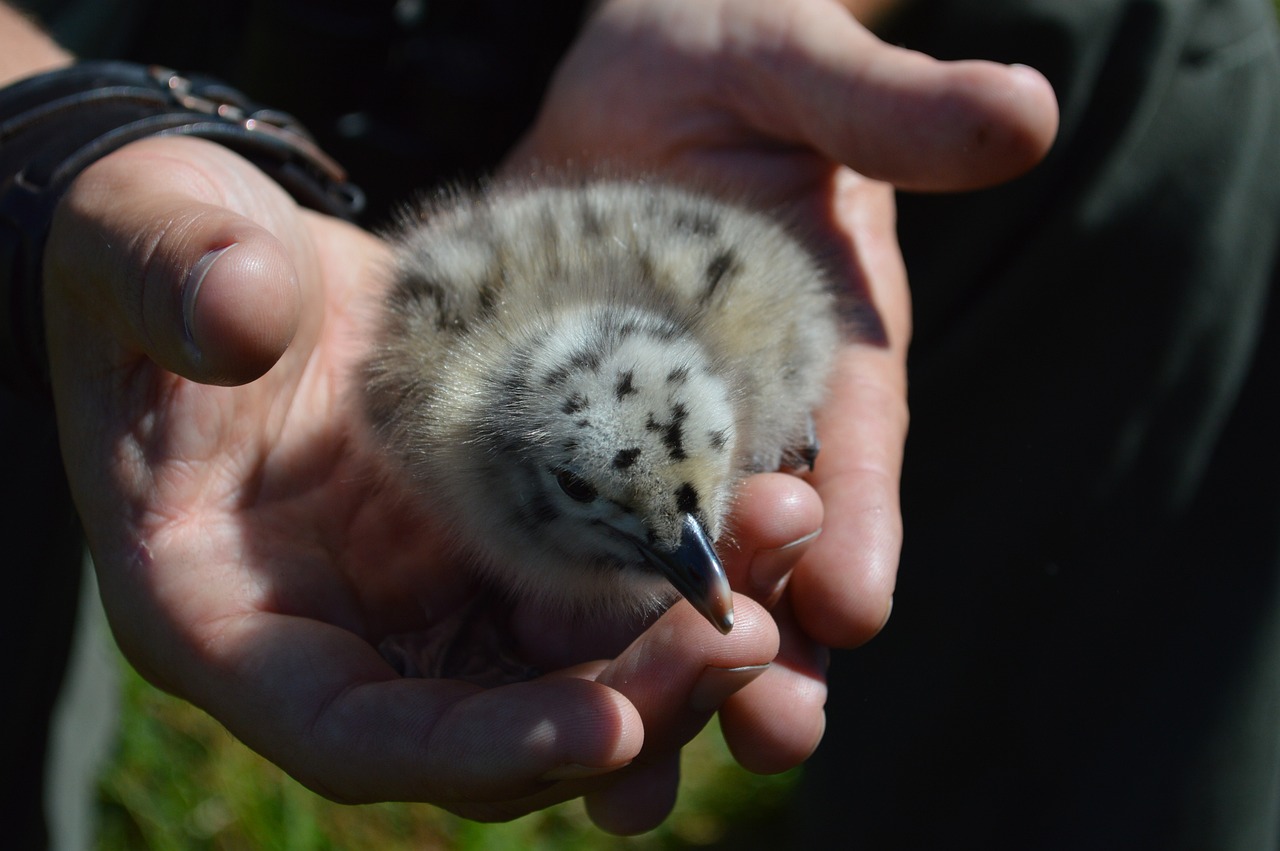Nesting
Preferring flat surfaces such as roof tops, decks and balconies, seagulls nest between May to August raising their young until ready to fledge typically 5-6 weeks after hatching.
Gradually leaving the nest, chicks remain close by for parents to continue care developing their flying muscles eventually fledging independently between late July to early August.
Do Not Disturb!
As a federally protected species interference of a seagull's nest, eggs and or chicks may cost you a hefty fine of up to $10 000! So don't disturb and keep a wide berth allowing the growing family time and space to raise their young.
Should you witness nest or chick disturbance contact your local Environment Canada Wildlife Office.
Should a seagull nest be impeding emergency repairs such as flooding, specialised permitting can be obtained through wildlife management professionals such as our team.
You may have a seagull nest, now what?
While there is an active nest, the best action is no action. Leave the nest and family as is until all chicks have fledged between July-August.
Once vacated, contact wildlife professionals to remove the nest and assess the site for exclusion. Seagulls will return to the same nesting site year after year, and so to prevent reactivity next Spring/Summer review options to deter or prevent seagull nesting activity before it starts!
To mitigate potential conflicts with nesting birds and Spring building management; schedule activities such as power washing, window cleaning and roof maintenance earlier in April to ensure sufficient time without seagull concerns.
Contact our Bird Division today for all your seagull exclusion and management needs.


